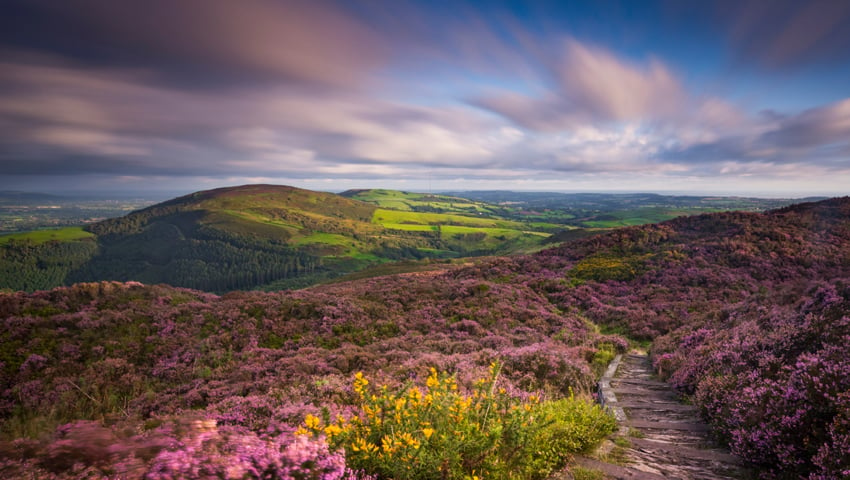Nature-rich peatland habitats are to be better protected under plans set out by the government, which would ban burning on peat in the uplands, improving health and wellbeing of people in nearby communities.
Sometimes described as the country’s lungs, peatlands are a vital resource which can store carbon, reduce flood risk, improve water quality, and support rare wildlife such as the golden plover and curlews. They are also some of our richest habitats for dragonflies with 25 of the UK’s 38 species found on upland peatbogs.
However, 80 per cent of England’s peatlands are currently degraded. Burning on peatland increases heather growth, which dries out the peatland, causing it to actually emit rather than store carbon.
Burning of vegetation including heather on this scale causes the release of harmful smoke into the air, impacting air quality across communities. This includes harmful air pollutants for human health, including ones strongly associated with strokes, cardiovascular disease, asthma and some lung cancers.
Nature Minister Mary Creagh said, “Our peatlands are this country’s Amazon Rainforest – home to our most precious wildlife, storing carbon and reducing flooding risk.
“The UK has 13 per cent of the world’s blanket bog. A rare global habitat, it is a precious part of our national heritage, and that is why we‘re announcing a consultation on these measures to ensure deep peat is better protected.
“These changes will benefit communities by improving air and water quality, and protect homes and businesses from flood damage, which supports economic stability and security under our Plan for Change.”
If implemented, these changes will increase the area currently protected from 222,000 to more than 368,000 hectares of England’s total 677,250 hectares of deep peat, meaning an area equivalent to the size of Greater London, Greater Manchester and West Midlands put together will now be better protected.
The definition of deep peat will be revised, so that deep peat is counted as anything over 30cms rather than 40cms. The entire area of upland deep peat that is potentially subject to burning will be protected.
This approach is being supported by evidence provided by Natural England. Any prescribed burning would need to be done under strict licence, issued where there is a clear need, for example to reduce wildfire risk.
A government spokesperson said, “The move comes as part of wider government plans to support nature recovery and clean up the air for our health, wellbeing and the environment.
“It is an important step in tackling the underlying drivers of ill-health as outlined in the government’s mission to improve health and follows announcements on the wild release and management of beavers in England, a new approach to neonicotinoid pesticides on crops grown in England and new measures to strengthen our protected areas and meet 30×30.”
The consultation will run for eight weeks from today and the public and land managers are urged to have their say.
The government is proposing to refine the existing licencing system whereby applicants need to successfully explain why alternative methods have not or would not work and show how they intend to move the land away from the need to burn in future in order to receive a licence. One of the grounds to apply for a licence to burn will be to reduce the risk of wildfire, so we can balance environmental protection with practical land management.
